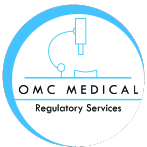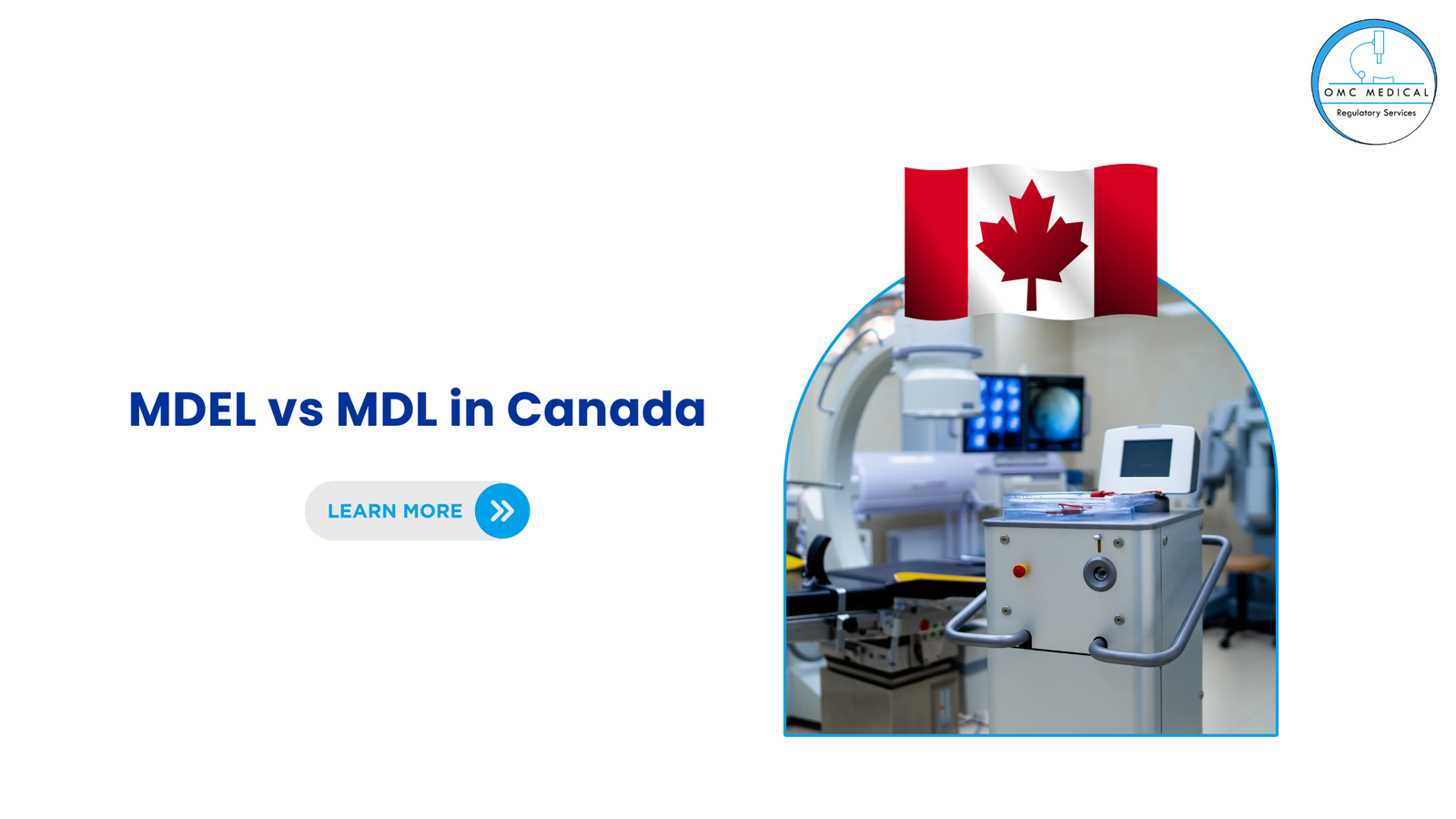To engage in the importation of medical devices in South Korea, it is crucial to understand the regulatory requirements and obtain the necessary licenses and certifications. This comprehensive guide outlines the essential steps to secure an import business license from the Minister of Food and Drug Safety and comply with all relevant regulations.
Anyone looking to import medical devices must first obtain an import business license from the Minister of Food and Drug Safety. This license is essential for conducting business legally and is a prerequisite for further regulatory approvals.
Step-by-Step Import License Application Process
Once you have met the pre-market requirements (such as appointing a Korea Authorized Representative (KAR) and obtaining KGMP certification, if required), you can begin the import license application process. This involves several key steps, which we will cover in detail.
Step 1: Obtain Medical Device Approval from MFDS
Before you can apply for an Import License, your medical device must first receive approval from the Ministry of Food and Drug Safety (MFDS). This step ensures that the device meets South Korean safety, quality, and performance standards.
Documents Required for Medical Device Approval:
To obtain approval, you must submit a technical dossier that includes:
1. Device Description & Intended Use:
- Details about the medical device, including materials used, design, and function.
- Explanation of how the device works and its intended purpose.
2. Device Classification:
- Evidence that the device has been classified correctly (Class I-IV) according to MFDS guidelines.
3. Technical Documentation & Performance Testing Reports:
- Safety and performance test results conducted according to MFDS or internationally recognized standards.
- Evidence that the device performs as intended without risk to users.
4. Clinical Trial Data (if applicable):
- Required for Class III and IV devices.
- Data should demonstrate the device’s effectiveness and safety through clinical studies.
5. Labeling and Instructions for Use (IFU):
- Labeling must comply with Korean regulations and include UDI (Unique Device Identification).
- Instructions for use must be in Korean and explain proper usage, risks, and precautions.
Approval Timeline:
- Class I Devices: Immediate approval through notification system.
- Class II Devices: Typically, 30–90 days, depending on risk level and documentation completeness.
- Class III & IV Devices: 6–12 months, especially if clinical trials are needed.
Once your device is approved, you will receive a Medical Device Approval Certificate from MFDS.
Step 2: Submit Import License Application to MFDS
Once the Medical Device Approval Certificate is issued, you can apply for an Import License. This license legally allows you to import and distribute medical devices in South Korea.
Documents Required for Import License Application:
- Business Registration Certificate:
- Confirms that the applicant (importer) is a legally registered business in South Korea.
- Importer’s License from MFDS:
- Only registered importers with a valid MFDS Importer’s License can apply.
- If you do not have one, you must apply separately before proceeding.
- Medical Device Approval Certificate:
- Proof that the device has been approved by MFDS for sale in South Korea.
- Product Technical File:
- Includes quality control documents, test results, and compliance certificates.
- KGMP Certification (if required):
- Mandatory for Class II-IV devices to ensure that the manufacturing process complies with Korean quality standards.
- Labeling & Packaging Compliance Documents:
- Evidence that product labeling follows MFDS regulations (Korean language, safety warnings, UDI, etc.).
How to Apply:
- Log in to the MFDS Electronic Submission System (e-Gov).
- Upload all required documents in Korean (translated documents are required for foreign applicants).
- Pay the processing fee (varies by device classification).
- Submit the application for review.
Approval Timeline:
- Class I Devices: 1–2 weeks (self-declaration process).
- Class II-IV Devices: 2–6 months, depending on the complexity of the device and MFDS workload.
Once approved, MFDS will issue the Import License, allowing the device to be imported and sold in South Korea.
Step 3: Register the Device in the Medical Device Information System (MDIS)
Once the Import License is granted, the medical device must be registered in the Medical Device Information System (MDIS). This system is used for:
✅ Tracking all imported medical devices in South Korea.
✅ Post-market surveillance and safety reporting.
✅ Ensuring compliance with labeling and recall regulations.
How to Register in MDIS:
- Go to the MDIS online portal.
- Enter the Import License details and upload relevant documents.
- Submit the application for system registration.
This step is crucial because unregistered medical devices cannot be legally sold or distributed in South Korea.
Step 4: Customs Clearance and Importation
With the Import License and MDIS registration in place, the next step is customs clearance.
Customs Documentation Required:
- Import License issued by MFDS.
- Invoice and packing list.
- Proof of compliance with Korean labeling and packaging regulations.
- UDI compliance documents (if applicable).
Once all documents are verified, customs will approve the shipment, and the devices can enter South Korea legally.
Step 5: Post-Market Surveillance & Compliance
Even after the medical device is imported and distributed, you must comply with MFDS post-market requirements, including:
1. Adverse Event Reporting:
If any safety issues or malfunctions arise, you must report them to MFDS immediately.
2. Product Labeling Compliance:
Ensure that all medical devices have:
✅ Korean-language instructions.
✅ Unique Device Identification (UDI) codes.
✅ Safety warnings and usage precautions.
3. Renewal & Modifications:
- Import Licenses are valid for 5 years and must be renewed before expiration.
- If there are any changes to the device (e.g., modifications in design, manufacturing site, labeling), you must notify MFDS and, in some cases, reapply for approval.
Summary of the Import License Process
| Step | Process | Timeframe |
| Step 1 | Medical Device Approval | 30 days – 12 months (varies by class) |
| Step 2 | Submit Import License Application | 2–6 months (depends on device class) |
| Step 3 | Register in MDIS | 1–2 weeks |
| Step 4 | Customs Clearance & Importation | 1–4 weeks |
| Step 5 | Post-Market Surveillance | Ongoing |
Final Thoughts
The import license process for medical devices in South Korea requires careful planning and strict adherence to MFDS regulations. To avoid delays and compliance issues, make sure to:
✔️ Appoint a Korea Authorized Representative (KAR) if you are a foreign manufacturer.
✔️ Get KGMP certification if your device falls under Class II-IV.
✔️ Submit complete and accurate documentation to MFDS.
✔️ Keep up with post-market obligations to maintain compliance.
If you need professional assistance with the import license process, our regulatory experts at OMC Medical can guide you through every step.
Frequently Asked Questions
What documents are required for medical device import licensing in South Korea?
Key documents include a Certificate of Free Sale, device classification details, clinical data (if needed), and proof of quality certifications like ISO 13485.
Does every medical device need clinical trials for South Korea’s import license?
Not all devices require clinical trials; this depends on the device classification and MFDS guidelines. High-risk devices may need supporting clinical data.







